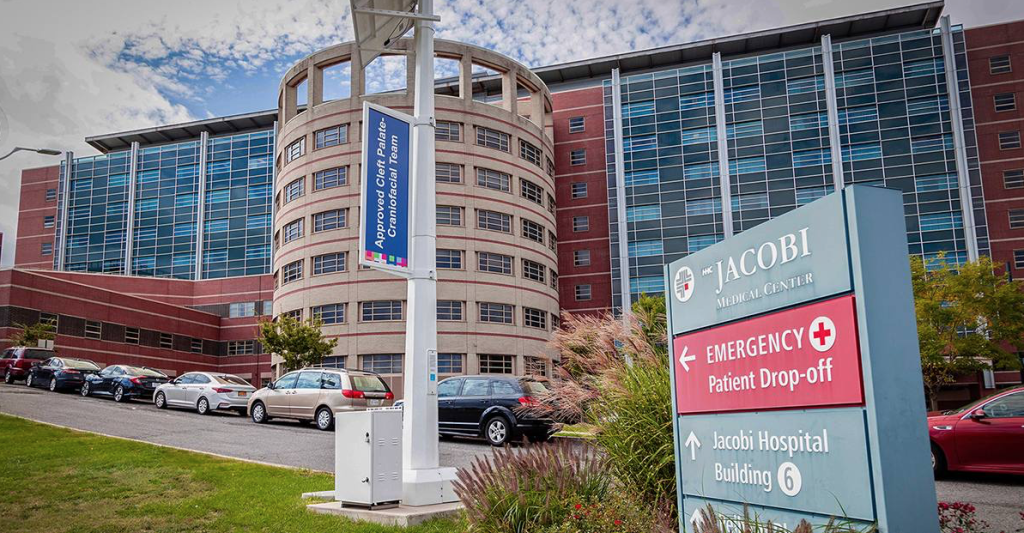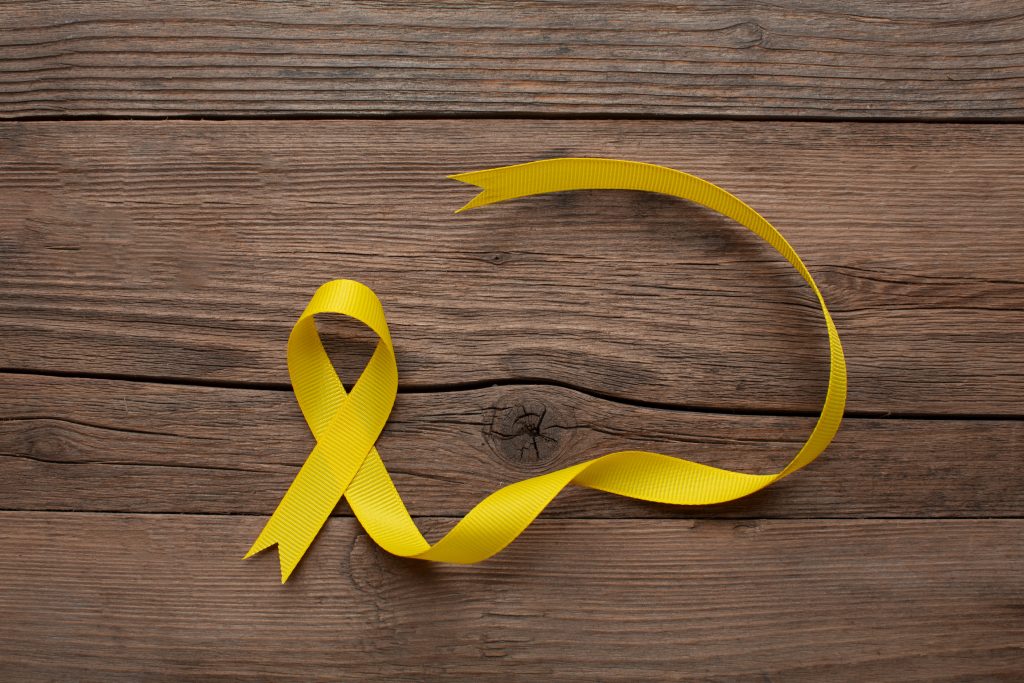
NYC Health + Hospitals
September Shines Light on Rising Teen Suicide Risk in NYC
MOHAMED FARGHALY
mfarghaly@queensledger.com
Suicide has become one of the leading causes of death for young people, and city health officials say the need for more comprehensive care has never been greater. A new program in New York City is stepping in to help teens and families navigate the dangerous weeks following a suicide attempt.
National data underscores the crisis. The Centers for Disease Control and Prevention reported that suicide was the second leading cause of death among youth ages 10 to 14 and the third among those 15 to 24 in 2022. In New York City, disparities are stark: Black (10%) and Latino (9%) high school students were more likely than white students (6%) to report attempting suicide.
The city’s 2024 State of Mental Health of New Yorkers report found that nearly half of teens reported experiencing symptoms of depression. Fourteen percent of youth who needed mental health services did not receive them due to obstacles like affordability, stigma, and long wait times.
One tragic case that drew national attention this year involved a teenager who confided in an AI chatbot before dying by suicide, underscoring how vulnerable young people are when they seek help in places not designed to provide safe, professional care.
In response, NYC Health + Hospitals created Caring Transitions, a program designed for adolescents recovering from suicide attempts or severe suicidal ideation. The initiative, launched in Queens in 2024 and expanded to the Bronx in 2025, is funded by the Department of Health and Mental Hygiene.
“We are a new program,” said Dr. Anne Buchanan, a psychiatrist at NYC Health + Hospitals-Bellevue. “We launched at Elmhurst Hospital in June 2024 and expanded to the Bronx in April 2025. We now operate at five hospitals across Queens and the Bronx.”
The program is voluntary. Youth are referred while receiving emergency or inpatient care, and families are approached before discharge. Caring Transitions then provides 90 days of follow-up support to help teens adjust as they return home and back into the community.
Buchanan said what makes the program unique is its pairing of families with youth and family peer advocates — people who have lived experience with the mental health system. Alongside social workers and clinicians, these advocates provide both practical guidance and emotional connection.
“The caring transition was a program that was created to be a program for youth who have experienced a serious suicide attempt or serious suicidal ideation and have been treated in the emergency room or the hospital at those five hospitals that I mentioned before, and we work with youth after they are discharged from the emergency or the hospital for 90 days after their discharge to provide them additional support as they transition back to the community,” Buchanan said.
Despite efforts like Caring Transitions, many families still struggle to access treatment. Buchanan noted that clinics often have long waitlists, limited insurance coverage, or a lack of providers who speak the family’s language or share their cultural background. Specialty care, she added, is particularly scarce for issues such as substance use, eating disorders, and developmental disabilities.
“There are not enough services for those who need them,” Buchanan said.
That shortage, she warned, can push young people to unsafe alternatives such as online forums, social media, or even AI tools. While some digital platforms can connect users to legitimate resources, others spread misinformation or fail to provide appropriate crisis intervention.
“Families really respond very positively to the program. I think that’s in part because the youth peer advocate and family peer advocate are very special roles, as these are people who have their own lived experience, either navigating the mental health system themselves or helping a child or other family member navigate the system, which is very different than what you might get in a traditional mental health setting.,” Buchanan said.
Buchanan emphasized that suicide, though often unpredictable, almost always presents warning signs. Parents, teachers, and peers should look out for withdrawal from friends and activities, mood swings, expressions of hopelessness, risky or self-destructive behavior, or preoccupation with death. More immediate red flags include giving away belongings, acquiring lethal means, or talking directly about suicide.
“Suicide can often be unpredictable, and I think that is often why people become very nervous about the topic. But there are very often and almost always some type of warning sign,” she said. “There’s a misconception that talking about suicide can make someone more likely to act on those thoughts, and actually, studies don’t show that. Studies show that talking openly about suicide can reduce suicidal ideation. Shows that talking about suicide can actually improve mental health outcomes and the likelihood that someone will seek treatment.”
While the statistics are sobering, Buchanan stressed that suicide can be prevented and that treatment works. School counseling programs, crisis hotlines, peer-support initiatives, and family involvement can all help. Building resilience and creating safe spaces for young people to talk about their struggles are critical.
“Parents should know that there are effective treatments, mental health treatment can work, and there are warning signs and there are resources. There’s lots of resources within New York City Health and Hospitals and other community agencies, and there are lots of places where families can find help,” she said.
For immediate help, Buchanan urged families to use the national 988 Suicide and Crisis Lifeline, which provides 24/7 phone, text, and online chat support. “And in any situation where someone is in immediate danger of hurting themselves or others,” she added, “the right course of action is always to call 911.”

Courtesy Freepik


